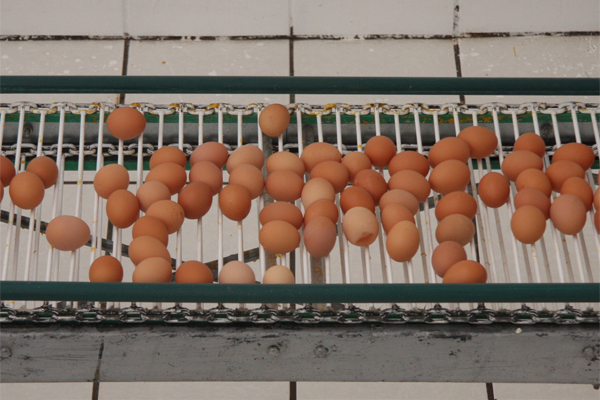Keeping Salmonella Gallinarum out of layer farms

A study in 2013, identified the presence of Salmonella Gallinarum (SG) in brown egg layers in Colombia and the top ten risk factors were highlighted.
During 2013, twenty isolates were analysed using Intergenic Sequence Ribotyping. Eighteen (90%) were SG and two (10%) were Salmonella Enteritidis (SE). SG was isolated mainly from organs of sick birds (liver, spleen, bone marrow, and ovary follicles) and from environmental samples (faeces, feeders, manure belts, cages). SE was isolated from organs. In the affected houses, the mortality distribution pattern was mainly focal and severe egg drops were not observed. Some risk factors were identified; they were related not only with the widespread of the disease, but also with its persistence.
The top ten risk factors were as follows:
- kind of housing,
- improper operation of the manure belts,
- improper handling of the manure,
- delay of the removal of dead birds,
- high iron contents in water,
- high water turbidity,
- no removal of biofilm and sediments from water pipes,
- inadequate traffic of the staff within the farm,
- igh stocking density in houses, and
- multi-age farms.
Fowl typhoid is a very difficult and costly disease to eradicate. Contrary to other reports, the results showed that SG can often survive in the environment. Although in many countries the successful control was achieved with the elimination of positive birds, this practice is frequently not economically viable in large multi-age companies or in developing countries. Therefore, it is necessary to identify the potential persistence of the risk factors and to implement measures to avoid or prevent the widespread of the disease.
[Source: Martha Pulido-Landinez, National University of Colombia, Bogota, DC, Colombia;
Alejandro Banda, Mississippi State University, Pearl, MS USA;
Jean Guard, United States Department of Agriculture, Agricultural Research Service (USDA-ARS), Athens, GA USA;
Vladimir Pinheiro do Nascimento, Universidade Federal do Rio Grande do Sul, Porto Alegre (RS), Brazil
Proceedings of the 2014 International Poultry Scientific Forum, Atlanta, GA, USA]













